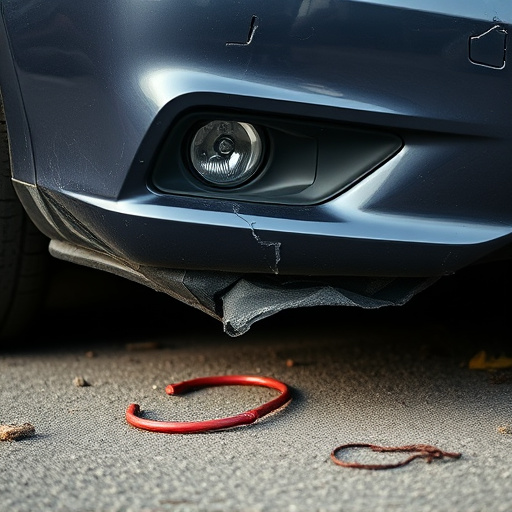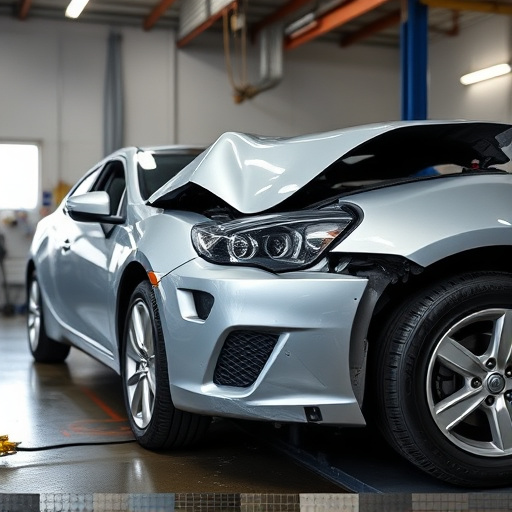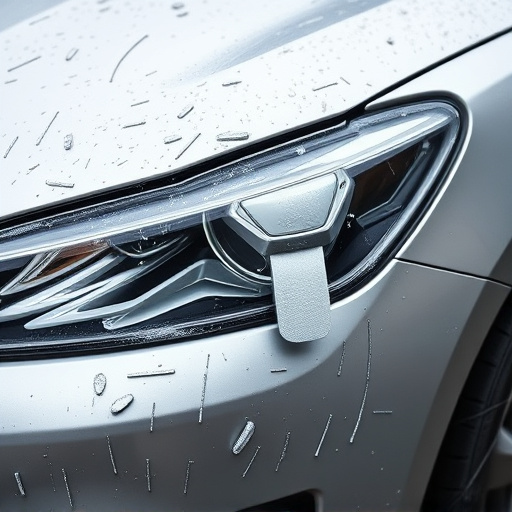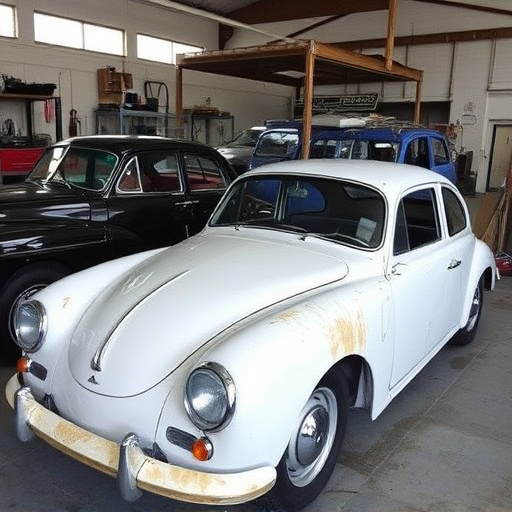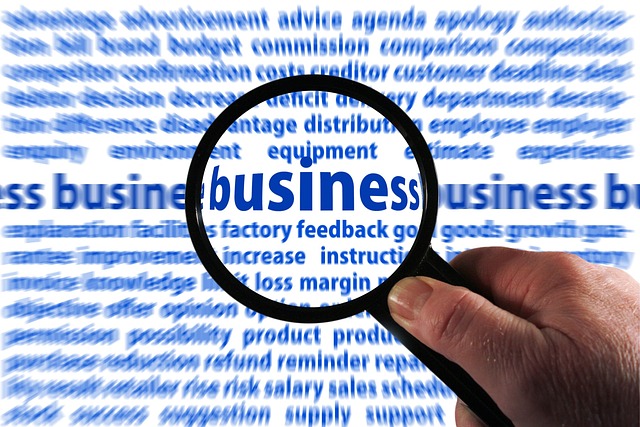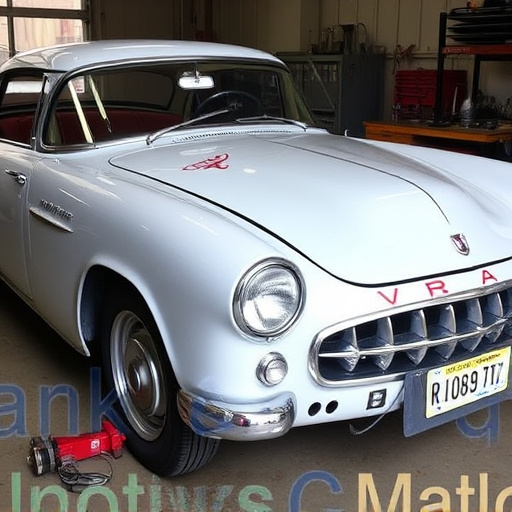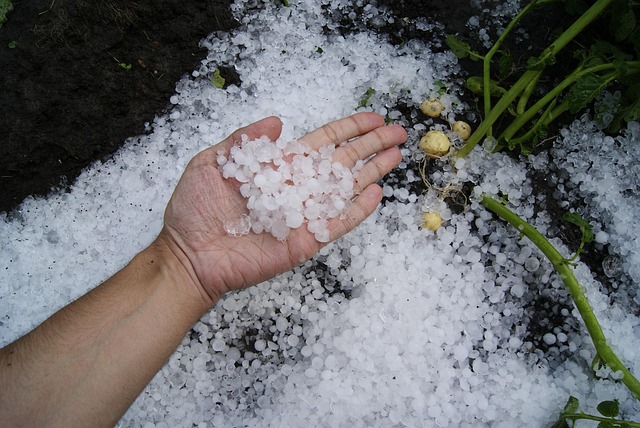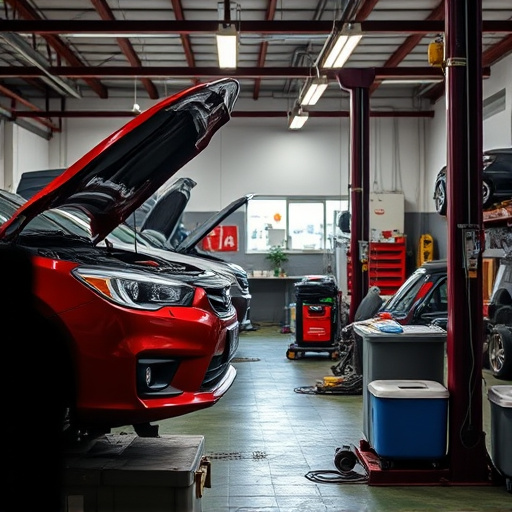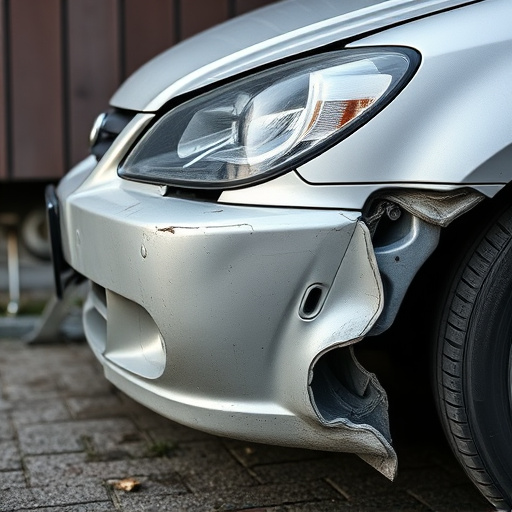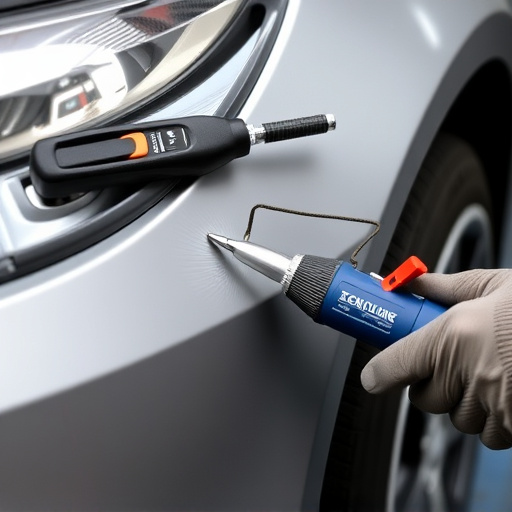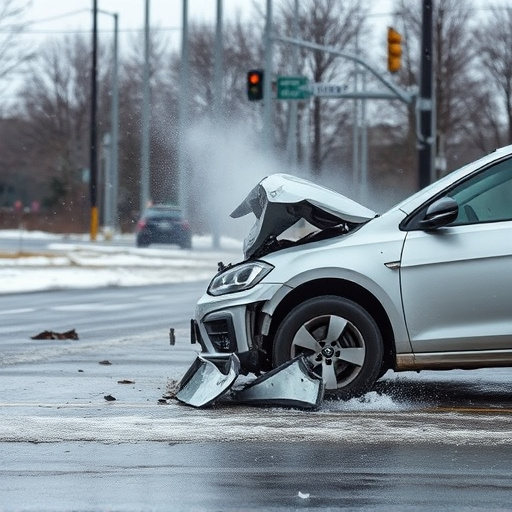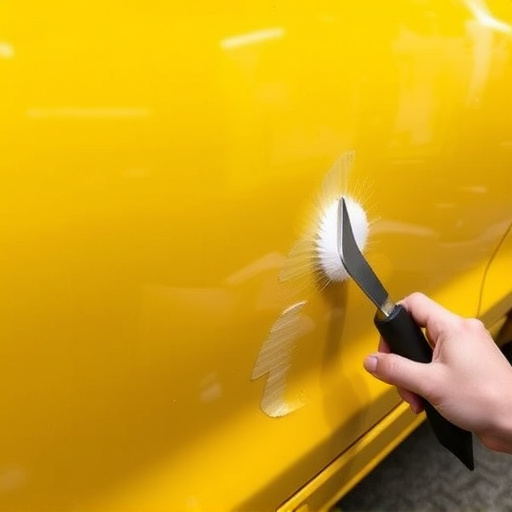Tesla repeater camera replacements are vital for maintaining Full Self-Driving (FSD) safety and performance. Damage from accidents or debris impacts crucial features like traffic sign recognition and lane departure warning. Regular checks and prompt repairs by specialized shops ensure optimal ADAS functionality, enhancing both safety and efficiency in Tesla vehicles equipped with FSD. Post-replacement testing confirms camera field of view, resolution, and obstacle detection accuracy for seamless FSD integration.
Tesla’s repeater cameras play a critical role in enabling its Full Self-Driving (FSD) capabilities. This article delves into the intricate system these cameras form, highlighting why their replacement can significantly impact FSD performance. We explore the enhanced safety features post-replacement and analyze how these changes shape Tesla’s autonomous driving journey. Understanding the Tesla repeater camera replacement is key to navigating the evolving landscape of self-driving technology.
- Understanding Tesla's Repeater Camera System
- Reasons for Camera Replacement Impacts on Full Self-Driving
- Enhancing Safety: Post-Replacement Functions Analysis
Understanding Tesla's Repeater Camera System
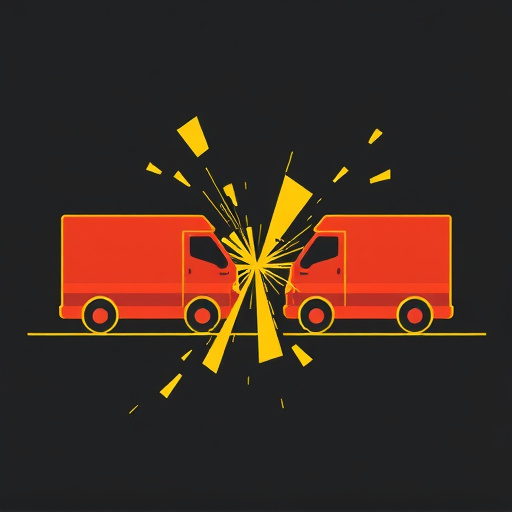
Tesla’s repeater camera system is a crucial component for its Full Self-Driving (FSD) capabilities. These cameras act as eyes for the vehicle, providing real-time visual data to aid in navigation and autonomous driving functions. The system includes several cameras strategically placed on the exterior of the car, with each having specific roles: monitoring surroundings, detecting obstacles, and enhancing overall visibility.
When considering a Tesla repeater camera replacement, it’s essential to understand that these cameras are integral to the car’s safety and self-driving features. Damage or malfunction in any of these components can impact the vehicle’s ability to perceive its environment accurately, which is vital for functions like traffic sign recognition, lane departure warning, and automatic emergency braking—all critical aspects of Tesla’s FSD suite. Thus, timely maintenance and replacement, when needed, are essential to ensure optimal performance and safety while driving. Even minor issues, such as a car scratch repair or vehicle dent repair, can affect camera clarity and functionality, underlining the importance of regular checks and prompt repairs.
Reasons for Camera Replacement Impacts on Full Self-Driving

The Tesla repeater camera replacement is a crucial component for enabling Full Self-Driving (FSD) capabilities. These cameras play a vital role in enhancing the vehicle’s perception and understanding of its surroundings, which is essential for autonomous driving. When a repeater camera fails or requires replacement, it can significantly impact the overall performance of FSD features. The primary reason for such replacements is damage caused by external factors like accidents, road debris, or weather conditions. These incidents can lead to malfunctioning cameras, affecting critical safety systems and the overall driving experience.
Regular upkeep and timely replacements are essential to ensuring the reliability of auto glass repair and replacement parts, especially in modern vehicles equipped with advanced driver-assistance systems (ADAS). An automotive body shop or car body shop specializing in Tesla repairs should be adept at handling camera replacements, as they directly contribute to the vehicle’s ability to navigate and interpret its environment, making autonomous driving safer and more efficient.
Enhancing Safety: Post-Replacement Functions Analysis
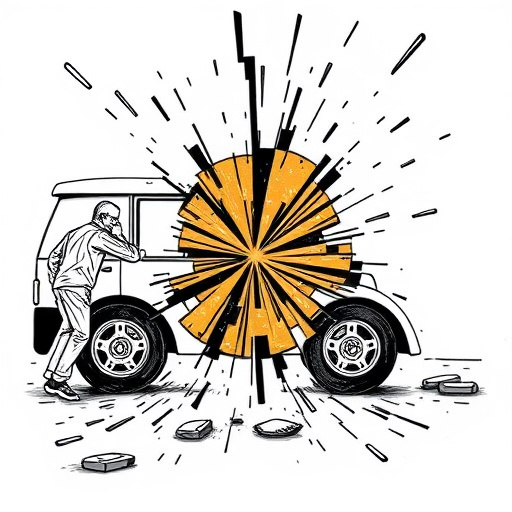
After a Tesla repeater camera replacement, it’s crucial to assess the impact on the vehicle’s safety features, especially in relation to Full Self-Driving (FSD) capabilities. The repeater cameras play a vital role in enhancing the car’s overall visibility and awareness, which is essential for autonomous driving. These cameras provide real-time data for advanced driver-assistance systems (ADAS), enabling functions like lane keeping, automatic emergency braking, and traffic sign recognition.
The post-replacement analysis should focus on ensuring these safety features function optimally. This includes testing the camera’s field of view, resolution, and clarity to guarantee it can accurately detect obstacles, track other vehicles, and provide precise data for FSD algorithms. As car repair services specializing in Tesla vehicles, technicians must be adept at handling such replacements, ensuring minimal disruption to the vehicle’s safety systems and peace of mind for Tesla owners navigating the road with FSD-enabled features.
The replacement of Tesla repeater cameras, while seemingly a minor component change, significantly impacts the brand’s full self-driving (FSD) capabilities. As these cameras play a crucial role in the vehicle’s perception system, their upgrade directly contributes to enhanced safety and improved FSD performance. In light of this, Tesla owners can expect more reliable navigation and smoother transitions between driving modes, marking a pivotal step forward in autonomous vehicle technology.

